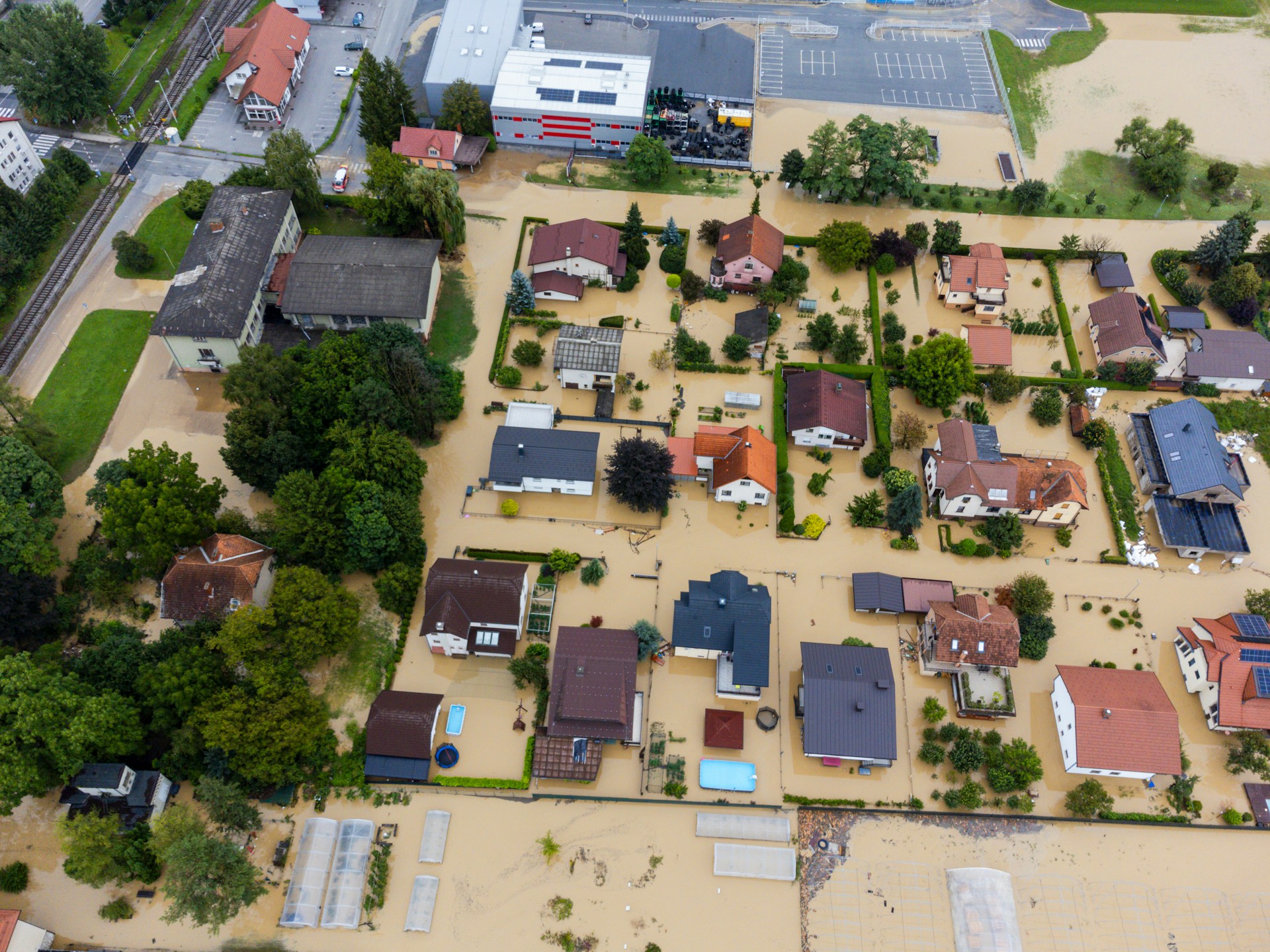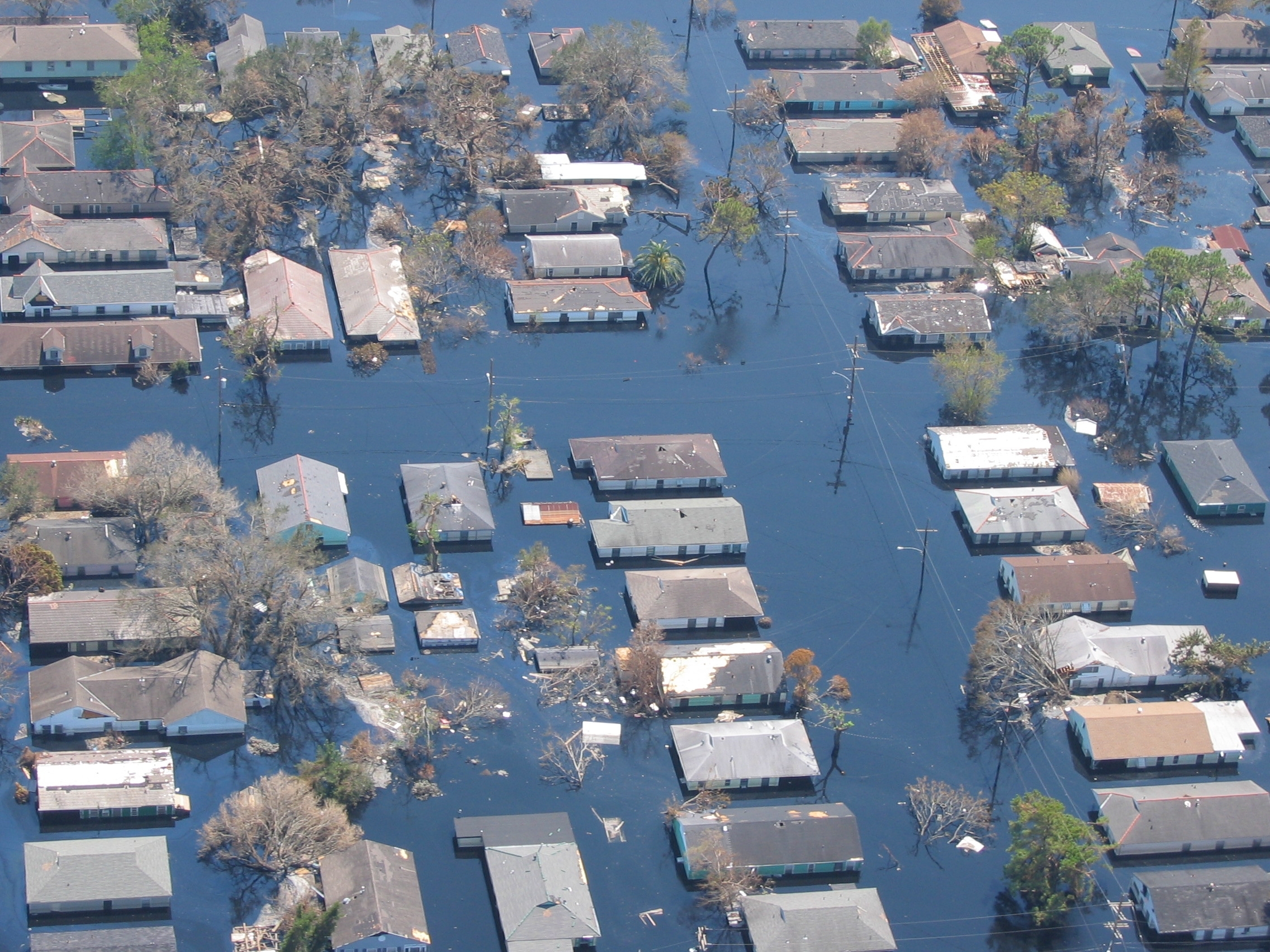Global discussions aimed at preventing biodiversity loss took place in Rome, following a “breakdown of trust” in the UN-led process and worries that biodiversity goals would not be met after the November 2024 talks in Cali, Colombia, first ran over time and then came to an abrupt halt without a conclusive deal on how to achieve the goals set out at COP15.
Delegates were then called to reconvene in Rome for COP16 “round two” to make headway on the global goals for halting nature loss by 2030, where they were finally able to reach an agreement and establish a long-term financial mechanism to safeguard biodiversity and ensure the success of the Kunming-Montreal Global Biodiversity Framework (KMGBF) – an international agreement adopted in December 2022 at the UN Biodiversity Conference (COP15) in Montreal, Canada.
“To understand what happens after COP16, it is first necessary to be clear about what happened at COP15, where the goal was set to protect 30% of the planet – land and oceans – by 2030,” explains Cipriano. “Now the real challenge is figuring out how to achieve this as the global community has to allocate around 700 billion USD per year to bridge the gap between available resources and what is needed.”
Although this may seem like an overwhelming sum research indicates that the collapse of biodiversity would cost considerably more, therefore making biodiversity conservation more than just an environmental and moral imperative.
“The most positive aspect to come out of the negotiations in Rome is that we were able to reach an agreement on financial resource mobilization, a monitoring framework and planning mechanisms to guarantee reporting of progress,” says Cipriano, who however also emphasises that the funds are still insufficient to meet the goals set out at COP15.
A key issue emerging from COP16 has been one of equity and climate justice, whereby the country’s that are richest in biodiversity are often the poorest economically, with fewer means to protect their natural resources and more incentives to exploit them.
A solution to this issue revolves around the way we value nature and biodiversity and therefore finding ways to ascribe economic value to natural resources. This is a key area of research at CMCC. In a recent paper, CMCC researcher Cindy Azuero looks at how biodiversity protection and climate change mitigation can be included in climate modelling, using an approach that integrates ecological contributions into economic decisions.
These kinds of approaches could help influence land use change decisions which affect communities and their economies, therefore promoting biodiversity conservation rather than detrimental land use transformations which result in habitat loss.
Overall, there is a need for more research into models that include interconnectedness between functional biodiversity and the biophysical processes driving the climate and hydrological cycle. This can aid decision makers on the issue of financing, which will continue to dominate international biodiversity talks, as seen in the COP16 talks in both Cali and Rome.
What happened in Colombia?
“Building upon the landmark commitment made at COP15 – to protect 30% of the planet’s land and oceans by 2030 – the focus at COP16 shifted towards implementation and financing. A challenge made even more complex by a deep divide between the Global North and South,” says Cipriano.
A positive element that emerged from COP16 was the establishment of the Cali Fund, which introduces a principle of economic justice in the distribution of benefits derived from the use of biodiversity. This includes measures such as demanding that highly profitable industries, such as pharmaceuticals and biotechnology that use genetic data from nature to create products, contribute financially to nature conservation in the countries from which they source genetic resources.
Another significant outcome, after more than 20 years of negotiations, was the creation of a permanent body that includes Indigenous peoples and local communities in decision-making processes, formally recognizing their crucial role in biodiversity conservation.
“However, without adequate funding, these measures run the risk of remaining symbolic, lacking the necessary financial support to ensure respect for territorial rights and sustainable resource management,” says Cipriano.
Other key outcomes that emerged from Cali were the decision to adopt a framework for Ecologically and Biologically Significant Areas (EBSA) and a global action plan linking biodiversity to public health. In both these fields research is key, with projects such as CMCC’s ALIENA highlighting the importance of developing early warning solutions, as these are essential for effective marine management, biodiversity conservation, and public health protection.
The North-South divide
What is certain is that the most critical issue of COP16 remains the financial one. Although the proceedings in Rome were able to reach an agreement and commitment to allocate at least 20 billion USD per year for the most vulnerable countries, if the goals enshrined in the Global Biodiversity Framework are to be achieved in full there is a need for more funds to bridge the growing financing gap.
“The agreed upon funding will not be sufficient and if left unchanged we will not be able to reach our objectvies,” says Cipriano. “It is not enough to ask biodiversity-rich countries to protect their ecosystems – they must be provided with the means to do so.”
CMCC research has also focused on issues of climate justice with a recent study, published in Nature Climate Change, using large-scale Integrated Assessment Models (IAMs) to examine the distributional impacts of climate policies and climate risks. The study provides evidence that climate policies aligned with the Paris Agreement can mitigate long-term inequality while addressing climate change.
Led by Johannes Emmerling, Senior Scientist at CMCC, the study assesses how climate change is projected to increase inequality within countries, with the Gini index increasing by an average of 1.4 points by 2100. However, implementing ambitious climate policies – such as carbon pricing and potentially even biodiversity conservation – could dampen the long-term increase in inequality. The study finds that redistributing carbon revenues equally among citizens can not only offset short-term economic costs but also reduce inequality, lowering the Gini index by nearly 2 points.
“Those who need resources the most are often the ones who struggle the most to obtain them,” says Cipriano who points to the decision to develop and operationalize a new financial mechanism by 2030, through an intersectoral process that will define how it will work, who will have priority access to resources, and how it will be implemented as the only compromise to have emerged from the talks in Cali. “However, this remains a promise, not a concrete commitment, and risks becoming yet another endless process that postpones the problem rather than solving it.”
The divide between the Global North and South manifests differently in biodiversity governance compared to climate negotiations. In climate governance, the historical responsibility for emissions falls largely on industrialized nations, which fuelled the climate crisis through centuries of fossil fuel use and uncontrolled industrialization. Here, the narrative is clear: those who polluted the most should pay the most.
However, when it comes to biodiversity, the dynamic is reversed. The Global South is home to the vast majority of the planet’s biodiversity. Less industrialized nations host the natural systems that regulate the climate, produce oxygen, absorb CO₂, and support millions of species – including humans. And yet, these same countries struggle to secure funding, often being called to justify their need for resources to protect an asset that benefits the entire planet.
“This problem is not just financial but conceptual. We cannot address ecological collapse without addressing the climate crisis – and vice versa. Continuing to separate climate and biodiversity discussions further fragments what is, in reality, a single crisis,” says Cipriano.
Given the complex nature of ecosystems and the mosaic of landscapes where people live alongside heavily modified environments, there is a need for a new paradigm that brings together biodiversity and wellbeing. CMCC is a key partener in the National Biodiversity Future Centre (NBFC), Italy’s first National Research and Innovation Center dedicated to biodiversity, where the goal is to identify suitable strategies for monitoring, conserving, restoring and valorising the biodiversity of species and habitats in different Italian regions, in an effort to meet the goal of protecting 30% of the Italian territory by 2030 and generate socio-economic value.
The success of this approach revolves around linking local intervention structures and citizens through dedicated projects and specific knowledge tools, enhancing research efforts and simultaneously making knowledge, data and technologies accessible to diverse actors working on the local scale.
“We still have separate conventions (UNFCCC for climate, CBD for biodiversity), separate COPs, separate funding, separate scientific and political communities and even separate levels of public attention. This is a fundamentally flawed model that prevents us from understanding the full scope of the problem,” insists Cipriano. “Until we establish governance that treats climate and biodiversity as two sides of the same crisis, we will continue to fail in finding effective solutions. This is not just a matter of justice for the Global South – it is about humanity’s ability to address this emergency without losing essential parts of our life-support system.”






